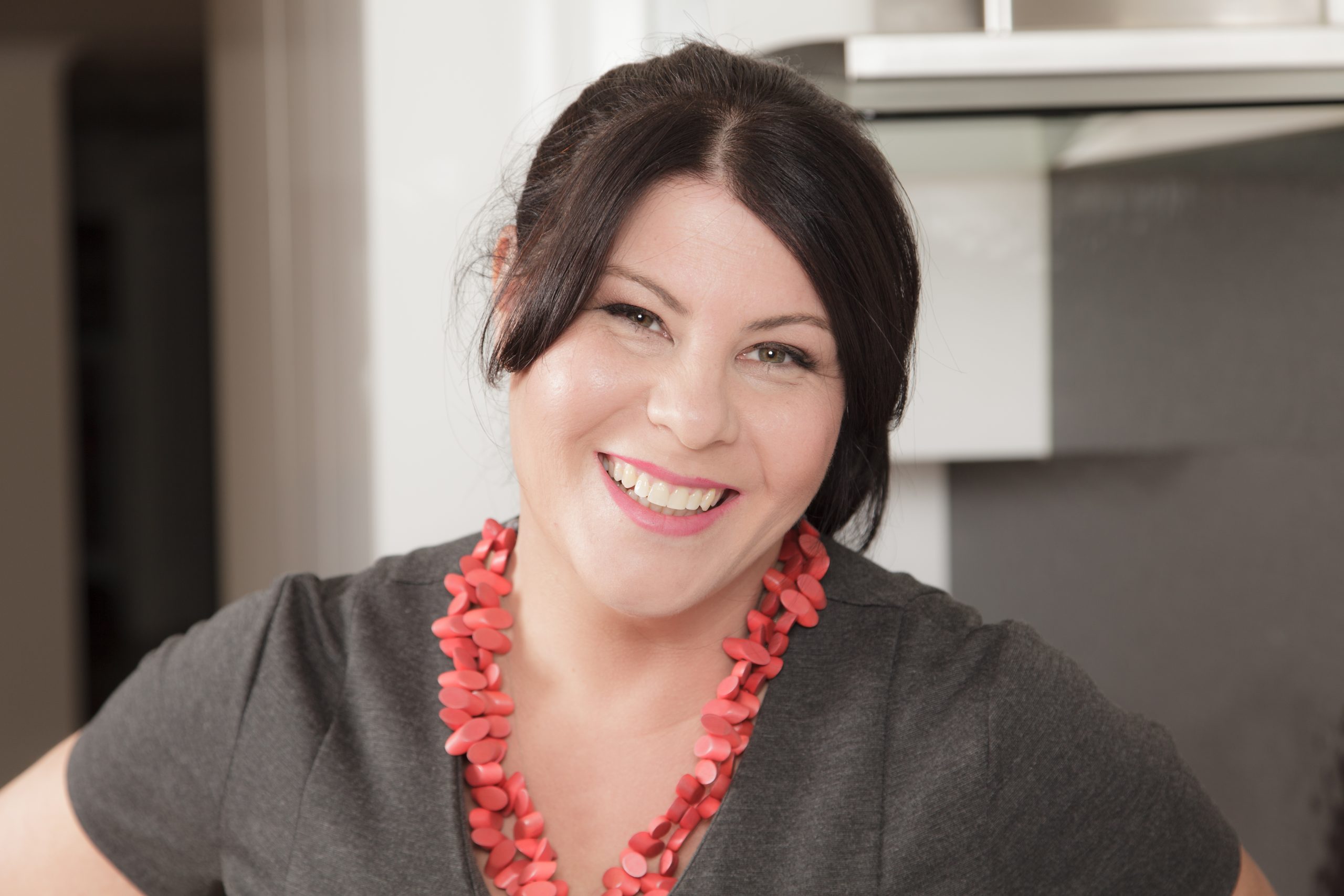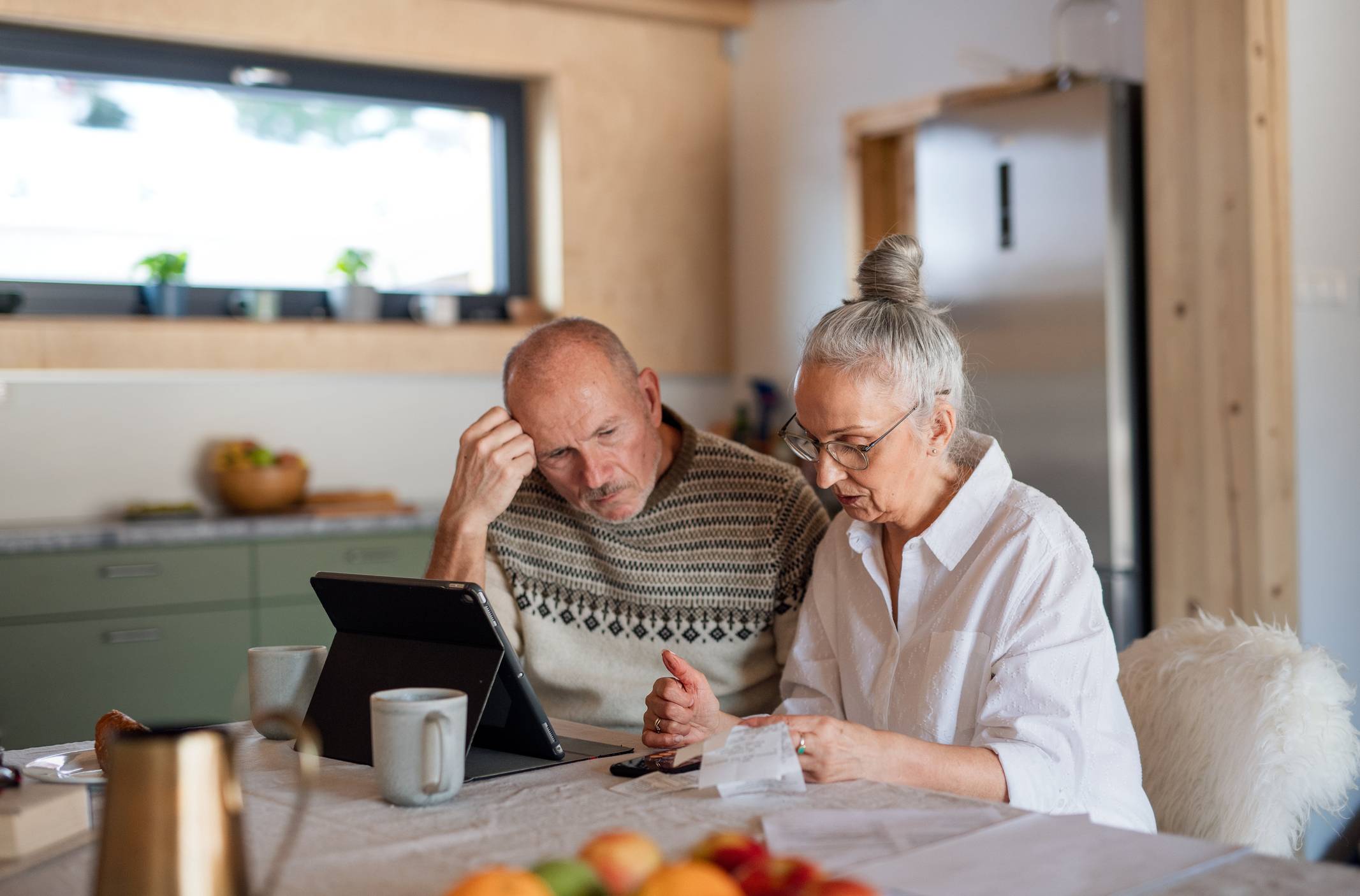The top 7 trends for 2024 borrowers
The clouds are starting to clear for mortgage holders and first homebuyers but the sun hasn’t quite come out yet
After a turbulent 12 months, 2024 is shaping up to be another challenging year for Aussies looking to obtain a mortgage and those already servicing one. Despite 12 rate rises, inflation remains stubborn and isn’t expected to fall to the RBA’s intended range of 2-3% until 2025. Parts of the housing market remain as robust as ever, with prices for standalone homes steadily increasing due to fierce competition and low stock levels.
This scarcity of housing combined with a construction industry in distress are major factors that are pushing more first home buyers into making the jump. However, tightened lending means these buyers are more restricted in their options than they were a few years ago.
With that in mind, here are some of the key trends to watch for in the mortgage industry in 2024:
First home buyers head for the fringes
Sydney’s property market continues to soar to new heights, with house and unit prices growing further out of reach for most first home buyers. Even with a healthy budget of $800,000 – the price cap for buyers taking advantage of the government’s first home loan deposit scheme – buyers are priced out of most of Sydney’s suburbs. Currently figures show the median price of a unit in Sydney is $817,059 while median house prices sit at an eye-watering $1,333,985. To stay within budget, first home buyers would need to search for properties on the city’s fringes on the west, south-west and as far as the Blue Mountains.

Singles are being hit hard
Singles in Sydney are facing formidable challenges when it comes to entering the property market. For the most part, property prices in Sydney show no sign of falling which presents a major barrier for those on a single income. Limited housing affordability coupled with stringent lending criteria and the high cost of living further compounds the issue.
Many singles find themselves struggling to save for a substantial deposit, and even with the Federal government’s first home loan deposit scheme and the NSW government’s waiving of stamp duty among other concessions, buying property as a single is still difficult thanks to most properties exceeding the price cap for government assistance.
Female homeowners on the rise
The rise of female homeownership reflects the country’s rapidly changing economic and social dynamics. According to census data, 35% of all households in NSW are single households. Single parent households have reached unprecedented highs. Empowered by increased financial independence and the growing emphasis on gender equality, women are no longer solely reliant on men when it comes to property ownership. CoreLogic reports that women currently own 26.8% of Australian property, with 35.7% of apartments in the hands of female owners.
Divorce trends also play a role in this change as women increasingly have the means and motivation to buy out their male partner’s share in marital property settlements. Additionally, more women are pursuing homeownership independently, heralding a broader transformation of the property market as greater numbers of women aspire to invest in real estate.
Second marriages’ effect on home ownership
Second marriages often bring complex issues regarding home ownership, especially when safeguarding assets is a priority. For individuals entering into second marriages, protecting investments or previous family homes for their existing children is a major consideration. In these cases, it’s common for couples to keep ownership of such properties separate to ensure they are inherited by their respective children rather than being factored into the new marital union.
When it comes to purchasing new marital homes, couples often enter the property market with clear financial agreements in place. These agreements ensure that the financial contributions of both partners are explicitly recognised, adequately reflect the financial realities and priorities of their second union and ensure that the new home is equitably shared. In the context of mortgages and property ownership, the importance of effective financial planning and communication when blending households in second marriages can’t be understated.
Appetite for new builds remains dampened
The appetite for new builds in Australia continues to be subdued primarily due to a variety of factors that have left many prospective homeowners cautious about embarking on new construction projects. With construction companies folding left, right, and centre, potential homeowners are understandably apprehensive about building their new home.
With uncertain timelines, cost overruns due to the rising price of building materials, and labour shortages to contend with, many Aussies are instead opting for existing properties or considering alternative measures like renovating as a more secure and predictable pathway to homeownership.

Cash is king
Whether they accumulated cash through savings during the pandemic or are sitting on extra dough through the sales of investment properties, an increasing number of Australians are poised to buy into the market in cash. Data shows that 1 in 4 property purchases in Australia’s three most populous states are cash purchases.
Undeterred by high interest rates, these buyers are a formidable force in the property market. Consisting of downsizing Boomers and international buyers, this cohort could potentially price out buyers who rely on mortgage financing, intensifying competition for the most desirable properties and possibly driving property prices even higher.
Mortgage sideliners
A growing group of individuals often referred to as “mortgage sideliners” are sitting in the wings for longer and longer as they await more favourable market conditions. For these potential homebuyers the increasing unaffordability of homes coupled with tighter lending requirements is a major barrier to entry. Mortgage sideliners hope for a market correction and for interest rates to fall before making their move. While they continue to monitor the market for the right opportunity, mortgage sideliners risk the current market spiralling even further out of reach as a low interest rate period is sure to spark more competition for desirable properties.

Rebecca Jarrett-Dalton is founder of mortgage broker, Two Red Shoes
This stylish family home combines a classic palette and finishes with a flexible floorplan
Just 55 minutes from Sydney, make this your creative getaway located in the majestic Hawkesbury region.
As Paris makes its final preparations for the Olympic games, its residents are busy with their own—packing their suitcases, confirming their reservations, and getting out of town.
Worried about the hordes of crowds and overall chaos the Olympics could bring, Parisians are fleeing the city in droves and inundating resort cities around the country. Hotels and holiday rentals in some of France’s most popular vacation destinations—from the French Riviera in the south to the beaches of Normandy in the north—say they are expecting massive crowds this year in advance of the Olympics. The games will run from July 26-Aug. 1.
“It’s already a major holiday season for us, and beyond that, we have the Olympics,” says Stéphane Personeni, general manager of the Lily of the Valley hotel in Saint Tropez. “People began booking early this year.”
Personeni’s hotel typically has no issues filling its rooms each summer—by May of each year, the luxury hotel typically finds itself completely booked out for the months of July and August. But this year, the 53-room hotel began filling up for summer reservations in February.
“We told our regular guests that everything—hotels, apartments, villas—are going to be hard to find this summer,” Personeni says. His neighbours around Saint Tropez say they’re similarly booked up.
As of March, the online marketplace Gens de Confiance (“Trusted People”), saw a 50% increase in reservations from Parisians seeking vacation rentals outside the capital during the Olympics.
Already, August is a popular vacation time for the French. With a minimum of five weeks of vacation mandated by law, many decide to take the entire month off, renting out villas in beachside destinations for longer periods.
But beyond the typical August travel, the Olympics are having a real impact, says Bertille Marchal, a spokesperson for Gens de Confiance.
“We’ve seen nearly three times more reservations for the dates of the Olympics than the following two weeks,” Marchal says. “The increase is definitely linked to the Olympic Games.”

Getty Images
According to the site, the most sought-out vacation destinations are Morbihan and Loire-Atlantique, a seaside region in the northwest; le Var, a coastal area within the southeast of France along the Côte d’Azur; and the island of Corsica in the Mediterranean.
Meanwhile, the Olympics haven’t necessarily been a boon to foreign tourism in the country. Many tourists who might have otherwise come to France are avoiding it this year in favour of other European capitals. In Paris, demand for stays at high-end hotels has collapsed, with bookings down 50% in July compared to last year, according to UMIH Prestige, which represents hotels charging at least €800 ($865) a night for rooms.
Earlier this year, high-end restaurants and concierges said the Olympics might even be an opportunity to score a hard-get-seat at the city’s fine dining.
In the Occitanie region in southwest France, the overall number of reservations this summer hasn’t changed much from last year, says Vincent Gare, president of the regional tourism committee there.
“But looking further at the numbers, we do see an increase in the clientele coming from the Paris region,” Gare told Le Figaro, noting that the increase in reservations has fallen directly on the dates of the Olympic games.
Michel Barré, a retiree living in Paris’s Le Marais neighbourhood, is one of those opting for the beach rather than the opening ceremony. In January, he booked a stay in Normandy for two weeks.
“Even though it’s a major European capital, Paris is still a small city—it’s a massive effort to host all of these events,” Barré says. “The Olympics are going to be a mess.”
More than anything, he just wants some calm after an event-filled summer in Paris, which just before the Olympics experienced the drama of a snap election called by Macron.
“It’s been a hectic summer here,” he says.

AFP via Getty Images
Parisians—Barré included—feel that the city, by over-catering to its tourists, is driving out many residents.
Parts of the Seine—usually one of the most popular summertime hangout spots —have been closed off for weeks as the city installs bleachers and Olympics signage. In certain neighbourhoods, residents will need to scan a QR code with police to access their own apartments. And from the Olympics to Sept. 8, Paris is nearly doubling the price of transit tickets from €2.15 to €4 per ride.
The city’s clear willingness to capitalise on its tourists has motivated some residents to do the same. In March, the number of active Airbnb listings in Paris reached an all-time high as hosts rushed to list their apartments. Listings grew 40% from the same time last year, according to the company.
With their regular clients taking off, Parisian restaurants and merchants are complaining that business is down.
“Are there any Parisians left in Paris?” Alaine Fontaine, president of the restaurant industry association, told the radio station Franceinfo on Sunday. “For the last three weeks, there haven’t been any here.”
Still, for all the talk of those leaving, there are plenty who have decided to stick around.
Jay Swanson, an American expat and YouTuber, can’t imagine leaving during the Olympics—he secured his tickets to see ping pong and volleyball last year. He’s also less concerned about the crowds and road closures than others, having just put together a series of videos explaining how to navigate Paris during the games.
“It’s been 100 years since the Games came to Paris; when else will we get a chance to host the world like this?” Swanson says. “So many Parisians are leaving and tourism is down, so not only will it be quiet but the only people left will be here for a party.”
This stylish family home combines a classic palette and finishes with a flexible floorplan
Just 55 minutes from Sydney, make this your creative getaway located in the majestic Hawkesbury region.


















